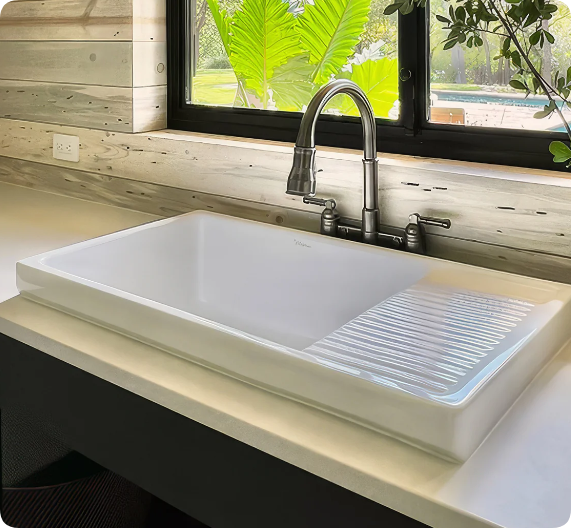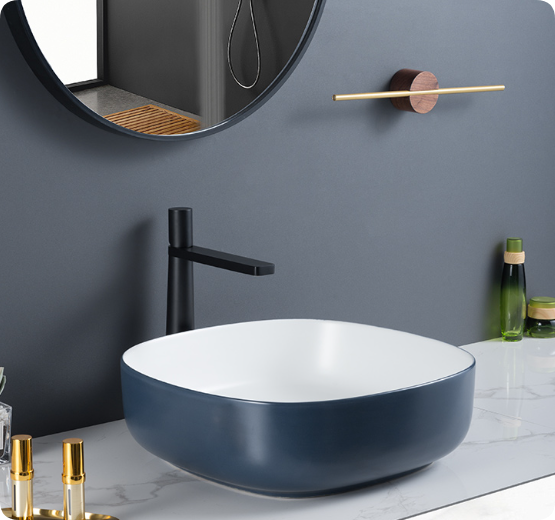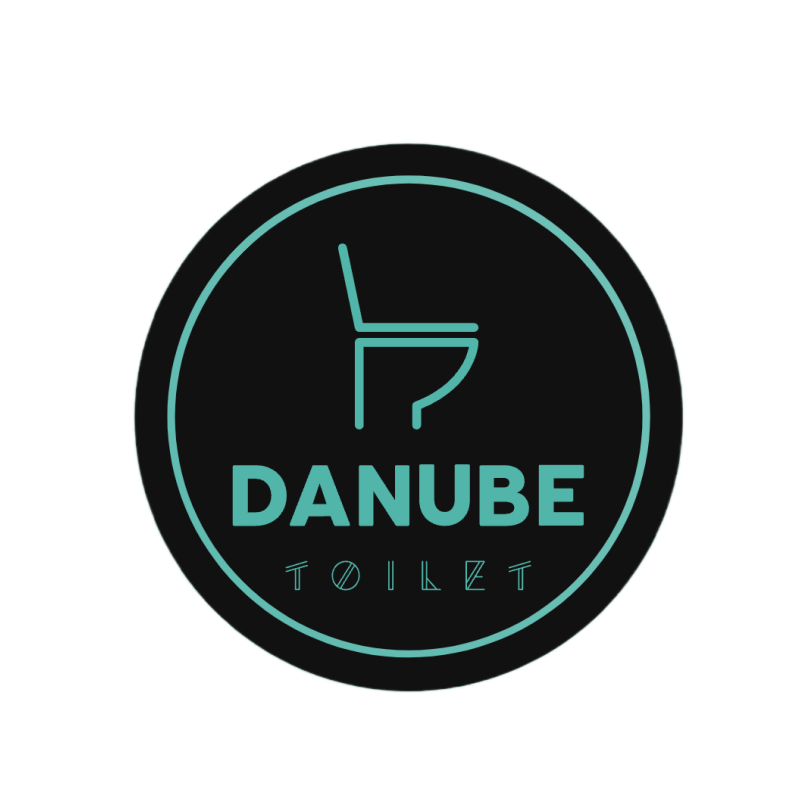A Comprehensive Guide for B2B Buyers
When it comes to selecting bathroom fixtures, B2B buyers often encounter a range of terms that can sometimes be confusing. Among the most common are “sink” and “basin,” terms that are frequently used interchangeably, but actually have distinct differences depending on usage, design, and regional preferences. This article aims to provide clarity on the terms sink and basin, examining their differences in functionality, design, and materials, all from the perspective of a B2B buyer looking to make informed choices.
Table of Contents:
- Introduction: Sink vs Basin
- Definitions and Regional Variations
- Functionality: Where Are Sinks and Basins Used?
- Design Differences
- Materials and Manufacturing Processes
- Price Considerations for B2B Buyers
- Compliance and Certifications
- Choosing the Right Product for Different Markets
- Conclusion: Sink or Basin – What’s Best for Your Business?
1. Introduction: Sink vs Basin
For B2B purchasers in the construction and sanitary ware industries, understanding the distinctions between different products is crucial for making informed decisions. Whether sourcing products for large-scale projects or retail markets, knowing the difference between a sink and a basin is vital for optimizing supply chains, meeting customer expectations, and ensuring regulatory compliance. While both sinks and basins serve similar functions — holding water for washing — their designs, uses, and regional terminologies vary.
2. Definitions and Regional Variations
- Sink: Typically refers to a unit designed for kitchens, utility rooms, or bathrooms, primarily used for washing hands, dishes, and other items. It often comes with a drain, faucet, and sometimes a backsplash.


- Basin: Commonly used to describe a unit designed for bathrooms, often referred to as a “wash basin.” It’s specifically for personal hygiene, such as washing hands or face.

The terminologies vary widely depending on the region. In the U.K. and parts of Europe, the term “basin” is more frequently used for bathroom fixtures, whereas in the U.S. and Canada, “sink” is a more common term, especially for kitchen-related fixtures.
Key Regional Differences:
- United States: Sinks are primarily used for both kitchens and bathrooms. The term basin is less common.
- Europe and the U.K.: Basin is predominantly used for bathroom fixtures. Sinks are mainly associated with kitchens and utility rooms.
- Asia and Middle East: The terms are often used interchangeably, but cultural preferences may lean towards one term over the other depending on the market.
3. Functionality: Where Are Sinks and Basins Used?
Sinks are versatile fixtures found in various settings, including:
- Kitchens: The primary location for sinks, used for washing dishes, vegetables, and other food preparation tasks.
- Laundry Rooms: Utility sinks are found in homes, workshops, and commercial spaces for cleaning large items.
- Bathrooms: Though less common, bathroom sinks are still referred to as sinks in certain regions.
Basins, on the other hand, are typically found in bathrooms and used solely for personal hygiene:
- Public Restrooms: Wash basins are a common fixture in public spaces, from hotels to offices.
- Luxury Bathrooms: Basins often serve a decorative function in high-end residential and commercial projects, where aesthetics play a critical role.
4. Design Differences
While sinks and basins share common features, their designs can differ based on intended use:
- Sinks:
- Generally larger and deeper to accommodate dishes and larger items.
- Often come with additional accessories such as strainers, racks, and sometimes integrated cutting boards for kitchens.
- The design is focused more on utility and durability.
- Basins:
- Typically smaller, more elegant, and shallow in comparison to sinks.
- Available in a variety of artistic designs, particularly in high-end residential or commercial bathrooms.
- Frequently feature materials like ceramic, glass, or marble to complement the design aesthetics.
5. Materials and Manufacturing Processes
From a B2B purchasing perspective, understanding the material composition and production processes of sinks and basins is essential for evaluating quality, durability, and cost.
- Sinks:
- Stainless Steel: A popular choice for kitchen sinks due to its durability, resistance to corrosion, and affordability.
- Granite Composite: Known for its high-end appearance and scratch-resistant properties.
- Ceramic or Porcelain: Frequently used in bathroom sinks, particularly for those with an emphasis on aesthetics.
- Basins:
- Ceramic: The most common material for bathroom basins, offering durability and a wide range of design possibilities.
- Glass: Often used in modern or luxury settings for a sleek and stylish appearance.
- Natural Stone: Granite, marble, or other stones provide a premium look, often used in high-end projects.
6. Price Considerations for B2B Buyers
When selecting sinks or basins for commercial projects, price becomes a major factor, especially for large-scale procurement.
- Sinks: Prices can range from economical stainless-steel models to high-end granite or porcelain versions. The cost often depends on the material, size, and brand.
- Basins: As they are more design-focused, basins can be more expensive, particularly if they are made from luxury materials like glass or natural stone. However, standard ceramic basins are affordable and can be purchased in bulk for commercial projects.
7. Compliance and Certifications
For B2B buyers, especially those operating across international markets, compliance and certifications are crucial. In many regions, sinks and basins must meet specific standards for hygiene, durability, and environmental sustainability.
- UPC Certification: A widely recognized certification for plumbing fixtures in North America, covering sinks, basins, and other sanitary ware. It ensures that products meet safety and performance standards.
- CE Marking: Necessary for selling products in the European Union, ensuring that sinks and basins meet the EU’s health, safety, and environmental protection standards.
Ensuring that your products carry these certifications not only guarantees quality but also opens doors to wider markets.
8. Choosing the Right Product for Different Markets
For B2B buyers, selecting the right product often depends on the target market. A deeper understanding of regional preferences, industry standards, and material trends is vital for making informed decisions.
- North America: Sinks are a primary focus in the kitchen market, with demand for stainless steel and granite composite models. Basins for bathrooms should meet UPC certification.
- Europe: Basins dominate bathroom product lines, with a preference for ceramic and glass designs. Sinks for kitchens should comply with CE certification.
- Middle East and Asia: There is a growing demand for high-end basin designs, particularly in luxury hotels and commercial properties, with preferences leaning towards natural stone and glass materials.
9. Conclusion: Sink or Basin – What’s Best for Your Business?
When choosing between sinks and basins, it is essential to consider both the practical and aesthetic needs of the end-users. For B2B buyers, understanding the differences in design, material, and usage can help in selecting the right products for the right markets. Whether outfitting a large-scale commercial project or catering to high-end residential clients, offering a variety of sinks and basins tailored to different regional preferences will ensure that your business remains competitive in the global sanitary ware market.
By sourcing from reputable manufacturers like Danube Sanitary Ware, you can access a wide range of sinks and basins that meet the highest industry standards, ensuring quality, durability, and aesthetic appeal. Whether you need large quantities for B2B projects or customized options for smaller clients, Danube’s extensive product line caters to diverse market needs.
